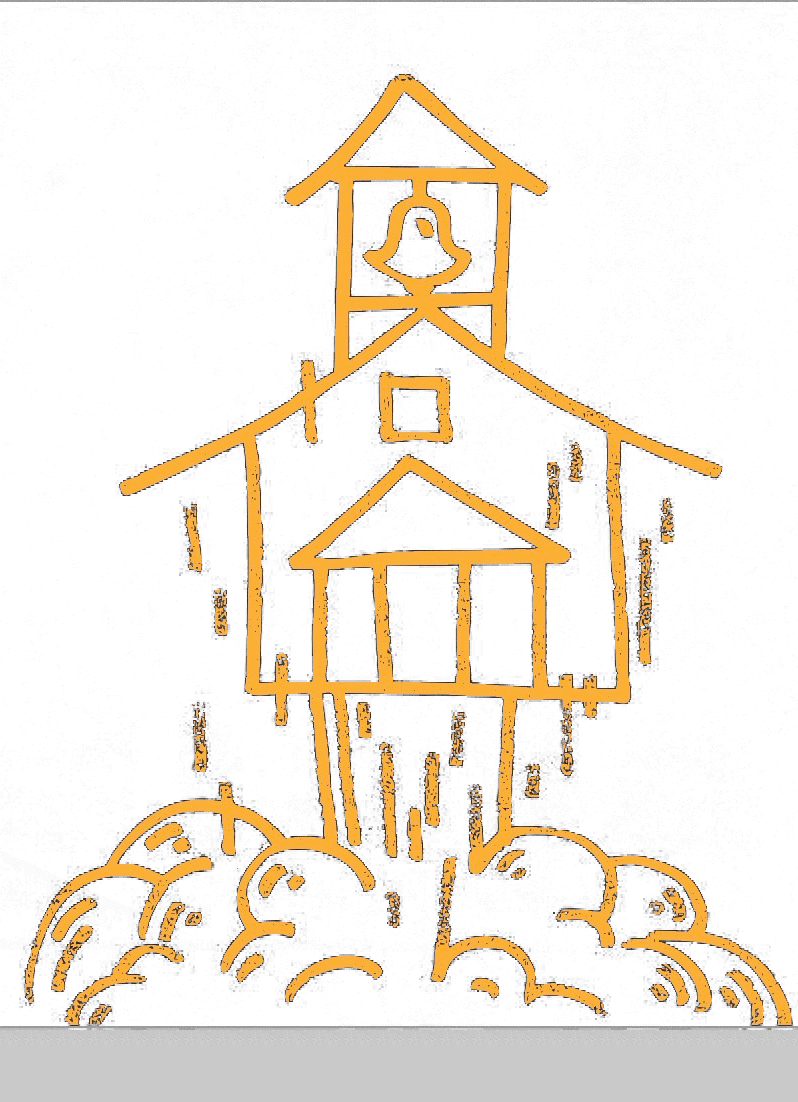Laura Sandefer, co-founder of Acton Academy, once said in an interview that parents who choose a learner-driven environment value ambiguity. As the director of a self-directed learning center, I have been reflecting on ambiguity and why it can feel so uncomfortable. Ambiguity is the quality of being open to more than one interpretation, of lacking defined answers. This is one of the challenges of entrepreneurship, sometimes referred to as ambiguity tolerance, and it is a key factor in business success.
I am entering my second year of running my microschool, and my second year as a business owner. I am navigating changes to local zoning laws and statewide school-choice education savings account (ESA) program rules, as well as delays in the awarding of the ESA scholarships. I have families sitting on a waitlist, hoping that they get the scholarship and that I will have space for them when they do. Other families know that they qualify for the scholarship (because they received it last year), but they are awaiting confirmation that my school is approved by the new managers of the program, since the rules have recently changed. Meanwhile, I have found a promising space to expand my program for these families on the waitlist, but I am evaluating the risk of taking on this additional expense before I have stronger commitments from the families. So you can see why the word ambiguous has been on my mind!
I recently listened to an excellent podcast episode from Issy Butson about the artificial intelligence (AI) generation, which suggested that this is the first time in history when a child today can’t really look at the adults around him and see what adult life will look like for him. AI is changing the job market so quickly that we can’t really predict what kind of work will be available in the next 10 years when my first microschool class is heading into the workforce. In fact, Butson suggests that there might not even be a “workplace” because there will be so few jobs that are the traditional 40-hour-workweek schedule. This uncertainty feels uncomfortable for many, but we need to learn how to navigate it. I am finding that as an entrepreneur, I must make peace with the lack of clarity. By doing so, I will know how to help my students build their own ambiguity tolerance as well.
Here are a few things I have found helpful in building my capacity for working in the gray:
- Reframe uncertainty as opportunity.
One change Utah lawmakers made to the Utah Fits All scholarship was creating funding tiers for elementary homeschoolers, upper grade homeschoolers, and private schoolers. Considering how my program is more of a hybrid option, my initial reaction was fear that this would require me somehow to choose between my innovative education methods and being a vendor for the scholarship. While I waited (months) for clarification from the new managers of the program, I considered all the ways I would like to run my program given the possible new requirements. Once I opened up my mind to more possibilities, I found that I really liked some of the ideas these new policies were pushing me to consider.
2. Take proactive, assertive action.
This one is a new revelation for me, and I am still learning how to do it. First, I am working on my mindset. When you struggle with uncertainty, you feel that things are happening to you. If you choose to take action, and work toward your vision when the path is unclear, you feel empowered instead of passive. I am working to build trust with my families by prioritizing open communication and seeking win-win solutions given the information we have. Thanks to a grant from VELA, I have been able to offer in-house scholarships that are allowing families to plan ahead despite the delay in their ESA notifications. I am also encouraging them to apply for our other local funding options, such as Open Ed and Harmony Education, while they wait. We know when school will start, and most importantly, that it will happen, even if some of the other details are still fuzzy.
3. Experiment with small bets, and stay flexible.
There are so many variables not in my control right now. I can’t ensure that certain families receive the scholarship. I can’t speed up the new deadlines for the awarding of the scholarships (which is now less than 10 days before school starts!). Every time I go to make a decision, I am faced with a list of information I still need. For a while, I stewed on this, until I realized that worrying wasn’t productive. Instead, I turned to what I can control and made some small bets. I explained the uncertainty to my prospective employees and scheduled the staff facilitator training anyway. I made interest surveys for my new campus, and I continued to set up and invite families to join my new parent portal for when registration becomes available. Each time I move forward on what I can control, I feel less stress.
4. Expect the unexpected, and prepare emotionally.
One of the things I love about agile learning is the space we give kids to make mistakes. When you let kids follow their own process, they see the messy middle and get more comfortable with its existence. This isn’t how I was schooled, and as an adult, sometimes I see hurdles as “signs” that this was a mistake—as if there is some “right” path that would have made everything smooth sailing. During this time of so much ambiguity, I have found myself doing more meditation and breathing exercises, sitting with my hands in an open position, trying to embody a posture of accepting what comes. My mantra has been: “Trying and failing is better than never having tried. It doesn’t have to be perfect.”
Ambiguity is the nature of entrepreneurship, and I am getting better at embracing it.





